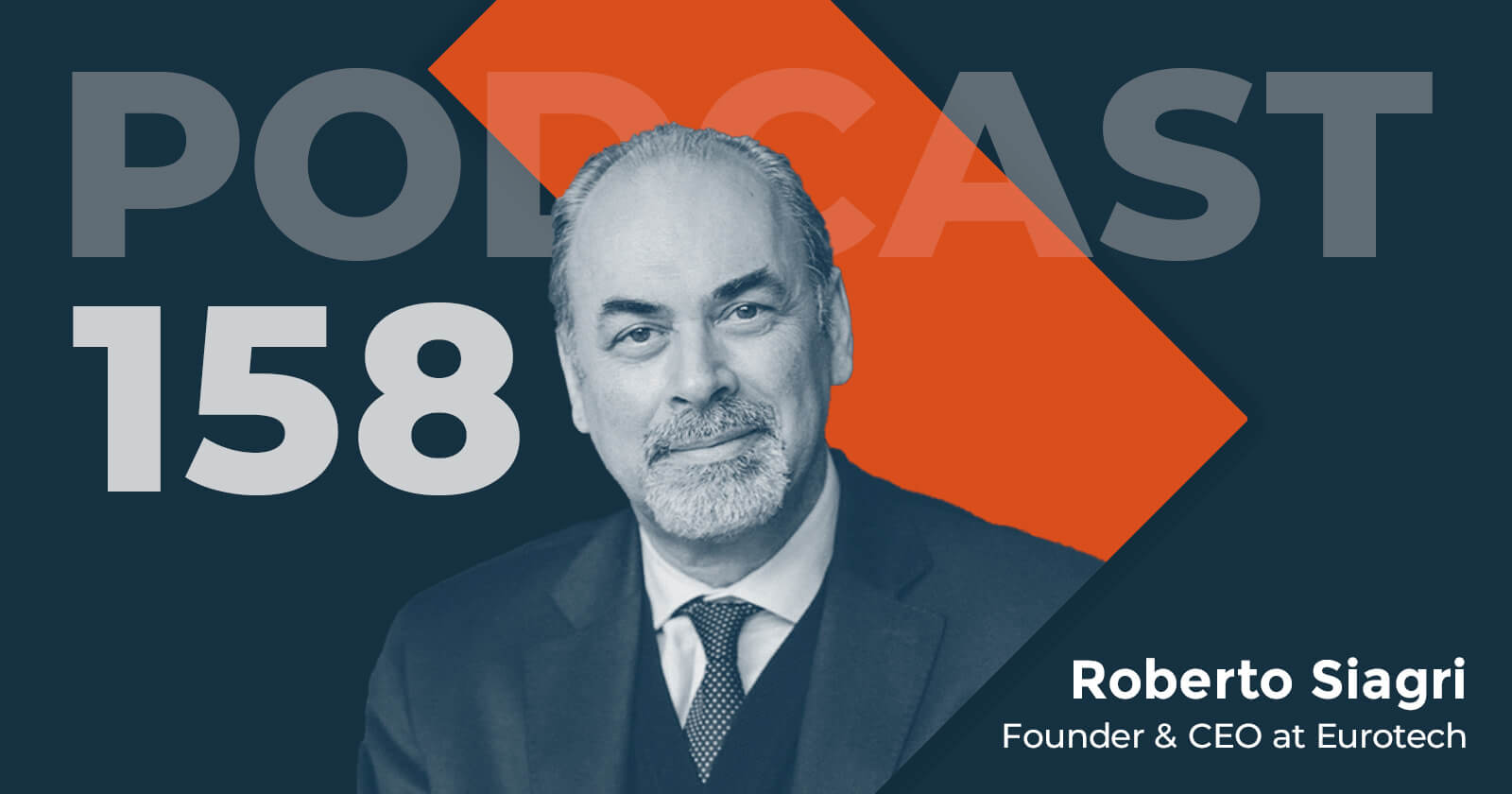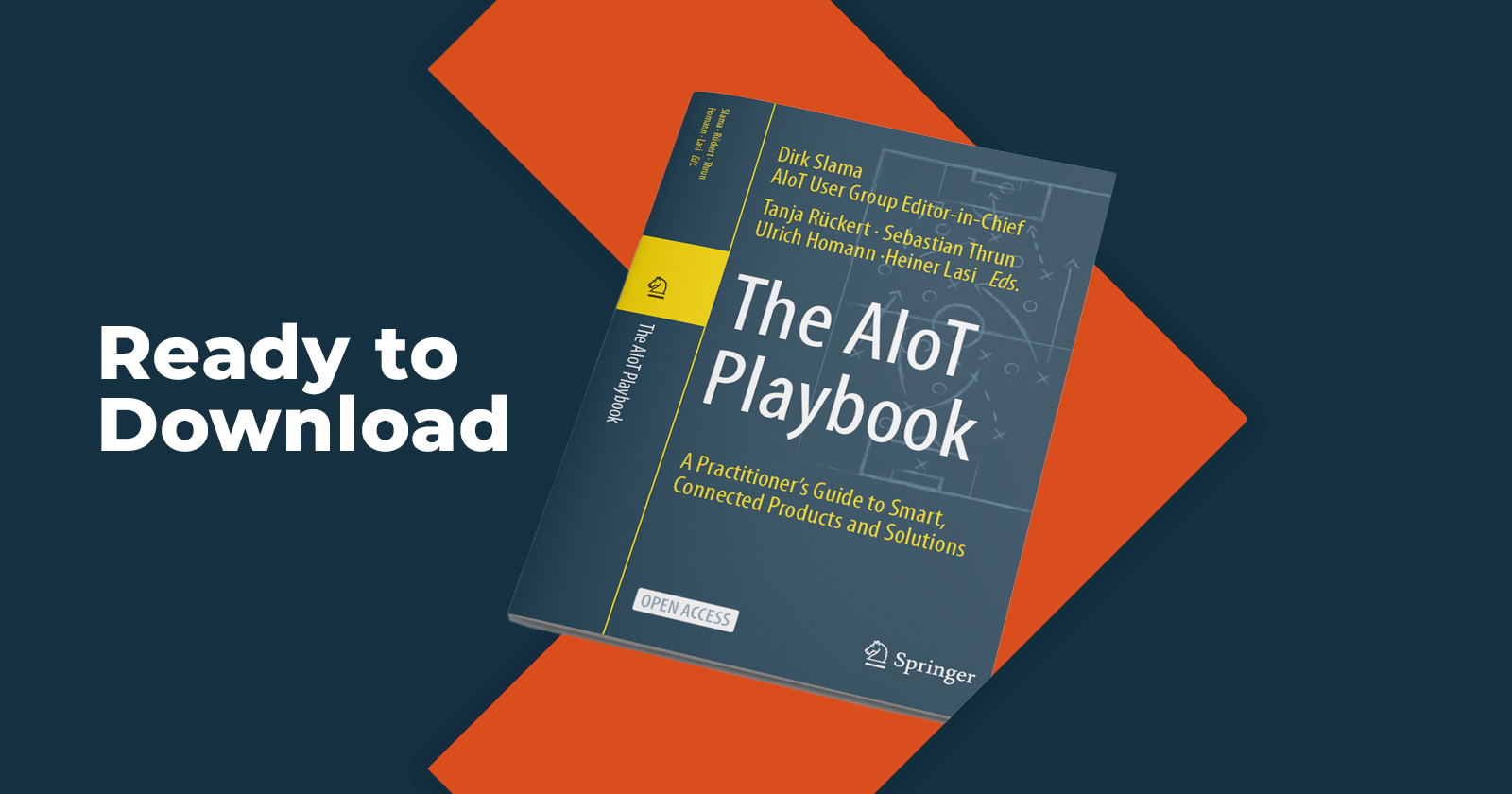Spotlight Series: Innovation Transformation Champion
Momenta

This series highlights the key insights and lessons from our Digital Leadership series of podcasts. We spotlight the important takeaways from our interviews in an accessible format. The following insights come from Peter Bryant, Managing Partner of Clareo. Stay tuned for the full podcast interview with Peter, in the meantime, take a look at our full library of podcasts.
Let’s start with your professional background. How did you get into the business of growth strategy consulting? How does your background form your views of the world and the role of digital technology in it?
I have kind of a unique background, which gives me a unique perspective on this. First, I spent 25 years in the enterprise software industry, I’m aging myself, I actually started in the early eighties which was really the advent of the enterprise software industry. Through that experience I saw at least two or three digital transformations, starting with taking the very boring manual tasks of back office accounting, general ledger accounts payable, account receivable, and basically digitized all that. That was all the precursor of VRPs, and for 10 of those years I was in President roles, and that was good. Big software enterprise companies, companies like GE which had a software company back then, and computer associates, and then a couple of startups here in the US.
Secondarily, for the last 16 years when we founded Clareo, I’ve been advising large companies on innovation transformation, and a lot of that revolves around how you’re applying digital technology within your business, but not exclusively. Just advising those companies, and also how they work with the startup ecosystem, so I’ve done a lot of work with corporate venture capital, and the venture capital community in general.
Very true, and interesting because every one of those inflection points on that journey served digitalization of industry, and there’s been immense resistance to that change. Any thoughts?
Yes, as I look back working with companies from the early eighties, until I left the software industry in the mid-2000s, every adoption curve has met significant resistance within companies, whether it’s digitizing manual tasks or enhancing productivity through precision support software back in the nineties. And a lot of that’s around mindset and culture, and I know we’re going to talk a little bit more about that. But yeah, it’s always to me the conventional thinking because, these are all disruptive and transformative by their nature, and just by definition the corporate antibodies as I call them, come out to try and stifle that, or resist it. That’s a kind of subconscious reaction versus “I’m not going to accept these things”, it’s very much a subconscious reaction.
If you think about the industrial sectors, it really hasn’t seen the kind of change or transformation that’s rocking retail, media, and even financial services. What’re your thoughts on that, and how that evolves over the next decade? How will digital technology ultimately impact these industries?
To answer your question, I’d first like to bucket digital transformation into three distinctive areas at a metalevel, I think that’s important because this is a very uneven playing ground across the industry. We’re applying a lot of these new technologies, AI machine learning, additive robotics etc. into three areas.
- Every industry is trying to drive efficiency in productivity, that’s the first area within their cooperation’s.
- They’re being used to develop new product and services to grow their businesses, and to capture higher levels of value from their customers.
- One that’s emerging, companies responding to societal demands. Those include things like climate change, recycling of products etc. closed-loop economies.
I put it into three buckets, and I think digital technology is a key enabler of responding to each of those three areas. Then if you look across sectors, you’ll see there’s different responses, at different paths of their journey relative to each of those three areas. It’s very much an uneven playing ground.
How would you describe the difference between organizations that have responded well to the threat of digital disruption, and those that have responded poorly? From a cultural and organizational point of view, what’s the difference?
That’s interesting. Companies are on different points of the journey, and I think needing that talent and visionaries versus early adopters etc. I think what I see in industrial companies, some are very visionary, but I think process that through the CEO and the leadership; you need to put in why you need to do this. I’ll use the analogue of safety would you believe, particularly when you’re talking about the sufficiency productivity part, safety used to be a safety departments job, and now it’s everyone’s job in every industry. The same with digital, I think the companies that are doing it successfully recognize that you don’t have a digital department at the end of the day, that ultimately you have to make digital part of your DNA, and therefore transform the whole organization.
That realization has to happen at the leadership team. I think those companies that are doing better than others have that commitment and understanding at the leadership level. It’s kind of interesting, you can determine if companies are serious about this stuff, look at their boards, how many heavy industry companies have an innovation committee or a digital committee at the board level? You see this is quite common, and I recently did a panel discussion in Florence, Italy on energy, it was a global gathering of oil and gas leaders, and one woman on my panel she sits on the Board of Saudi Aremco, Baker Hughes, and Glaxo, and her thinking is that Glaxo has a Science & Innovation Committee with people that now their stuff sitting on that committee on the board, the other two companies don’t.
I think if you go around the industrial sector, the vast percentage of those companies do not have that, I think that just then ripples right through. If it’s not important to the board, how is it going to be important to the executive? It just kind of ripples through the organization, so I think those are markers that you have to put out.
Are they structured any differently than their competitors in terms of supporting innovation? Is it necessary to change how you’re structured as an organization to support innovation? Or is it simply doing what you do better?
That’s a really interesting question. I think innovation community, thinkers, have thought about this a lot, and I have a perspective. A lot of companies are like this, but industrial companies think a lot about organizations, and, “If I just get the organization right then it’s going to be fine”, and I think we need to look beyond organizations. To me that’s the lastthing you do, because I think it’s around culture and mindset and process. So, I think the dangers are that these companies don’t recognize that, so ‘If we just create a digital team then we’ll be fine’, but they don’t actually think around how I change the mindset and culture of the company.
Again, I think the answer is different depending if you’re driving new digital productivity and efficiency within the business, versus developing new products and services. A couple of things, first when you’re in the idea-investigation phase as we call it, when you have an idea for digital and you want to run a quick prototype pilot, that does need to be I think housed within an innovational organization, which is insulated but connected to the core business. But at some point, if that is working and works well, and will deliver value, then that needs to be transitioned and handed off to, if you like, the execution organization to drive the implementation and scaling within the business.
This is not an organizational design flaw, it’s a process flaw, a mindset flaw, as people get these hand-offs and transitions wrong. They have people that are doing ideas and investigation, which they live in the world of risk and ambiguity, they’ve let them stay with these ideas for too long for implementation, and that’s just not what they’re good at. Or vice versa, the people that are very risk-averse and drive implementation executors are given responsibility for these prototypes and pilots too early, and they don’t tolerate this kind of experimentation at the intuitive learning process. You could say that’s part of organizational design and process design.
The last area is, doing a cancellation is not one department’s job ultimately, but also, it’s not every one’s job at the beginning. One client of ours has used this used this term, ‘a permission slip’, how do you give a permission slip to everybody in the company, and everybody doesn’t have to take it, to be able to partake in this innovation, come up with ideas and really get engaged with the digital transformation going in the business. That’s one, and that’s probably the efficiency and productivity part.
One of the biggest challenges that many of these companies’ face a lot specifically in the energy and industrial worlds is all the data they have. There’s a ton of data in these organizations but getting that data out and sharing it more broadly internally, is a challenge. What are your thoughts on this, and how do we overcome it?
That’s a really interesting topic. Let’s just use AI machine learning as that sandbox on this question if I may. I’ve bucketed it into two areas, one is how do I make my data accessible and useable, to whatever digital AI machine learning, and machines I’m going to have. Then I think a rising area that we’ve seen in some of our clients is the ownership of data, and where that data has been generated from. With accessible and useable, we all know, and I would say AI machine learning is in its third or fourth iteration, we used to call it decision and support in the software industry, and then we went into business intelligence.
The challenge then as it is now, I have vast amounts of data, how do I normalize and standardize that data in a way that’s useable uniformly. Because you have these stovepipes with data in different formats, and different generation systems, and there’s a lot of articles I know, that talk about 80 percent of the effort and the expense of getting to true AI machine learning, is getting my data ready to be used.
Pulling out your crystal ball again, summarize what the next decade looks like for the energy mining infrastructure sectors. Is there a worse case and a best case for the existing players in the industry? What’s your view of how things are going to play out over the next 10 years?
I think it’s an exciting time personally. I want to predict, I’ll be like a weather forecaster, ‘It’s 50/50’. This is not about industrial companies going out of business, I feel that in most industrial sectors, the most valuable companies in most sectors in 10 years…that actually most of them don’t exist today, that’s a prediction, and there’s a difference in valuable company. Those valuable companies will probably be companies that are asset light, companies that have figured out how to extract value from the value chain without owning the assets. But I think in all the industrial sector some of the characteristics that we’ll see in the next 10 years, we see some of that already in manufacturing business. I think most functions, and energy, mining, and heavy industries sector will be done largely without people.
Stay tuned for the full podcast interview with Peter next week!

Momenta Partners encompasses leading Strategic Advisory, Talent, and Investment practices. We’re the guiding hand behind leading industrials’ IoT strategies, over 200+ IoT leadership placements, and 25+ young IoT disruptors. Schedule a free consultation to learn more about our Connected Industry practice.



